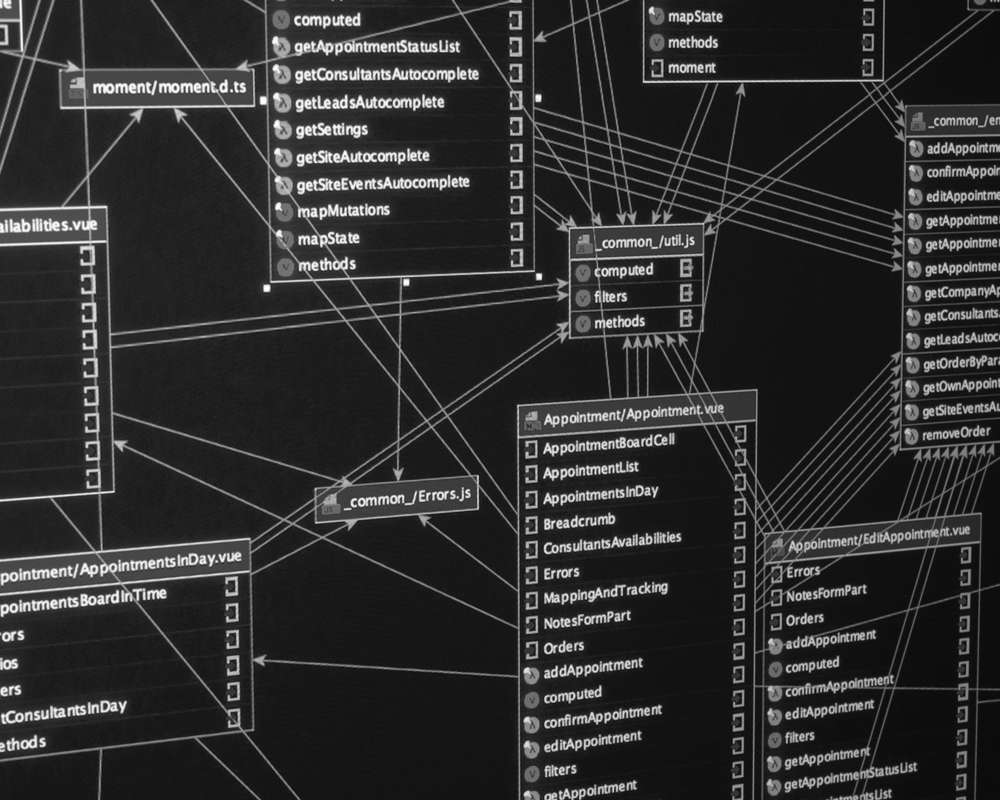From numbers to strategy: The FP&A team as a strategic partner
Modern planning models allow you to predict and react more dynamically to changes, thereby increasing and driving insight, making fast strategic decisions possible, and - which is the most important - minimising the risk of making decisions at random in unstable times.
If that hasn't convinced you yet, we hereby give your four reasons to invest in a modern planning tool capable of turning your FP&A team into the executive management's trusted advisor.
1. You can make effective plans meeting the need for agility
The planning process is one of the most important things in an FP&A team, since it concerns the possibility of generating what-if scenarios providing you with insight into critical key figures such as liquid assets or balance sheets issues when adjusting your business drivers.
If, for example, you need to establish the financial impact of various business scenarios - including employment delays, reorganisations of the workforce, changes to the sales pipeline, financing shifts, etc. - a modern planning solution can support this need through almost unlimited scenario versions providing more insight, greater speed, and accuracy.
2. It helps you predict potential results
Most organisations prepare some kind of prognoses during the year - normally, every six or three months. But uncertain times call for more continuous, rolling prognoses.
You need to have the most recent, financial, operational data to make decisions at any time during the year.
Market conditions fluctuate - just like your liquidity and proceeds - making it necessary to generate prognoses on demand.
The use of a modern planning solution makes it possible for you to get these forecasts without having to struggle with the modelling of new versions (which is a disadvantage of most traditional planning tools). Thus, the new system helps you get started and will minimize the time elapsing from data retrieval to action.
3. You are updated on the number of reports and the depth of the analyses
Your FP&A team delivers in-depth reports and analyses to many of your stakeholders. And this may be a bothersome exercise in times characterised by financial instability.
To increase efficiency, you relevant stakeholders need interactive self-service reports.
Much is to be gained by scrutinising and analysing the data available from these reports or dashboards - such as product sales, number of employees, balance sheet issues, or cash levels. They can identify revealing information that affects a best case or worst case scenario.
Constantly changing market and financial conditions can also dictate your analyses and decisions. In this connection, modern planning models can help increase confidence in your planning data and provide access to reports in an effective way.
4. Use the potential when integrating back-end systems
Your modern planning model must be system-agnostic.
This means that the integration with any ERP, CRM, datawarehouse, or other external source system must be smooth and not present any problems. In this way, you will get access to the most updated data (both financial and non-financial ones) as market conditions change. At the same time, the model can encompass the complexity and scaleability requirements of your entire organisation.
Do you want to be at the forefront of your financial plannning?
An overall planning model in a modern system can support your scenario analyses, rolling forecasts, and robust modellings, as well as reports in real time and analyses.
This will make it possible to create deeper and wider insight and to scale the organisation. And it will also make it possible to bring about basic functions of relevance to the flexibility of the business.
Though it may be tempting to stick to the old ways of doing things, it is worth the effort to follow developments so that you don't navigate the ship in open seas without a compass.
Read this and more articles in the magazine Content (in Danish) here.

Are you considering leaving the tyranny of Excel?
Cloud-based financial planning and analysis tools may help solve some 'classic' problems. But, they may also help Finance's planning and analysis department meet its ambitions to deliver quality work giving the general business a boost.
Please, don't hesitate contacting Partner Morten Boldsen for an informal talk about what we can do for you and the technological basis of your Finance function.

 en
en
 da
da



